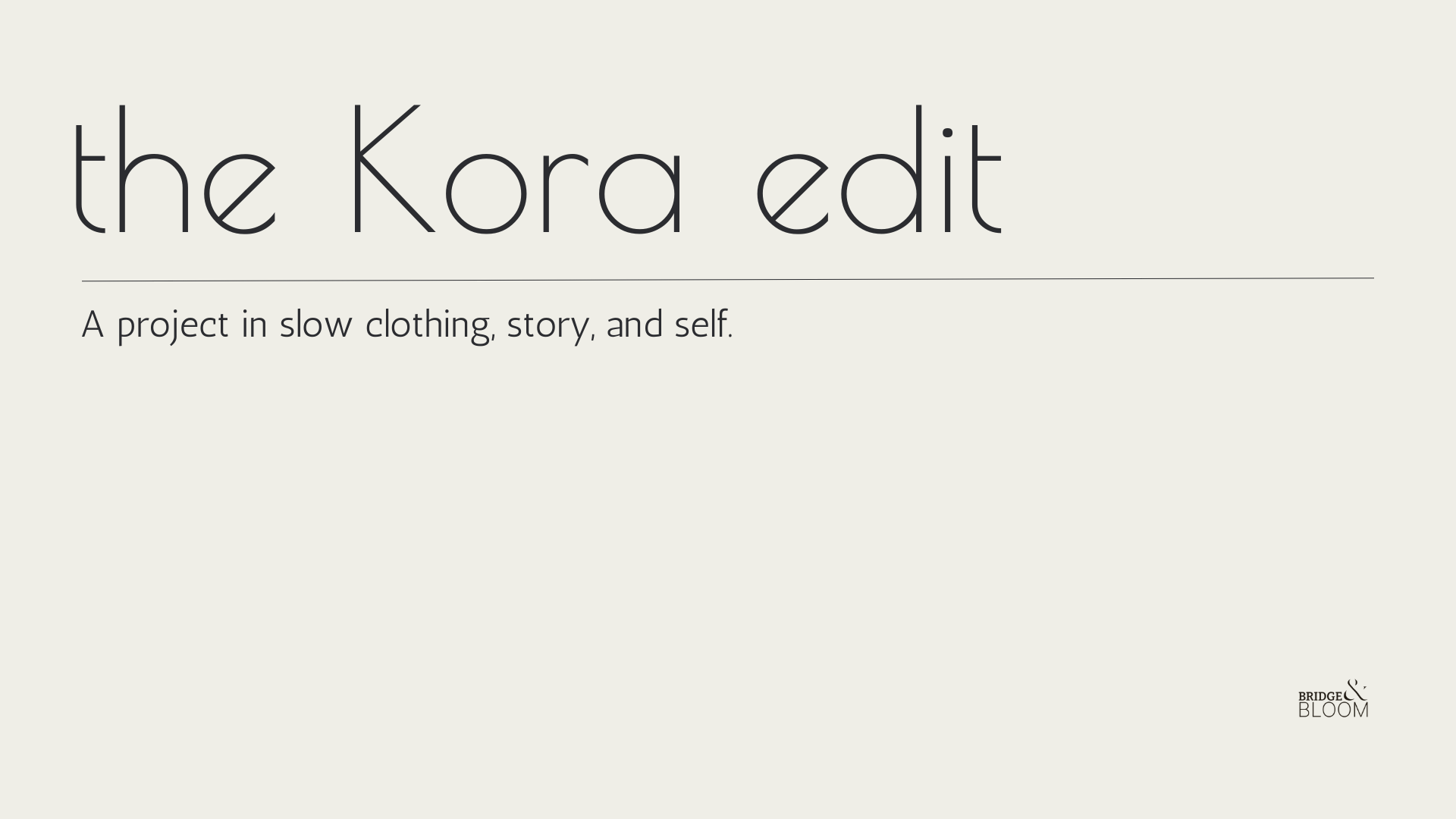The Kora Edit is a textile art project shaped by slowness, soil, and story. Each piece begins with nature, and ends in personal meaning.

The Cost of Cloth Tells a Story
The cost of a piece of cloth says a lot—about its origins, the energies it holds from its making, and yes, perhaps something about you. I’ll leave that last part for your reflection, and focus on the first two.
Recently, while budgeting for The Kora Edit, I was content with the numbers. They felt fair. But something tugged at me—how were the clothes I usually buy so cheap in comparison?
That’s when I remembered my visit to Sanganer, a town near Jaipur known for its exquisite block printing. Two things from that trip stayed with me:
- The Making of Handblocks
- The Paint Shops
Handblocks: Skill and Time in Every Inch
The handblocks in Sanganer are carved using traditional chisels by skilled artisans in small workshops. These blocks start at ₹100—but prices rise quickly based on the complexity of the design, the type of wood, and the mastery of the karigar. Commissioning a block is a costly affair.
In Old Jaipur, we visited an antique shop. It had old, damaged, beautiful blocks made of strong wood, starting at ₹250. As we were leaving, the shopkeeper offered to show us ₹30 blocks—these were machine-made, carved from mango wood, designed to mimic craft without carrying its soul.
Note: Weaker wood for blocks also means it is not meant/planned intentionally to last for longer lengths of printing, which means early discard and waste. Imagine how the wood demand changes just because fast fashion and ‘choice’ influenced the process of manufacturing the clothes.

Paint Shops: Colour at a Cost
The paint shops looked more like chemistry labs—only messier, scarier, and clearly harmful. Workers used gloves and makeshift tools to mix pigments. In one unit, I noticed how some of the workers had uneven skin tones on their hands—likely due to prolonged contact with chemical dyes.
The printed cloth is then steamed to fix the colour and washed thoroughly. But let’s be honest—what you may be wearing right now could carry this exact story. And the cheaper the fabric, the more invisible (and likely unsafe) that process has been.
And we haven’t even begun to speak about what happens to the discarded dye water or the harsh detergents used in washing.

The Real Price of Mass Manufacturing
Yes, mass manufacturing brings macroeconomic benefits. But it also causes macro damage—to workers, to water, to the very soil we stand on.
Let me leave you with a question:
If the full story of what went into your clothes was laid out before you—would you still choose to wear them?
This question has shifted something in me. I want to wear what I own for longer, repurpose what I can, and now—through The Kora Edit—create pieces that hold story, craft, and intention from the very start.
If this reflection stirred something in you, I invite you to stay connected:
📩 Subscribe to the blog
📷 Follow @bridgeandbloom.in on Instagram
💌 Want to contribute or support the project? Write to us at info@bridgeandbloom.in
I would love to reimagine how you and me touch and wear cloth.






